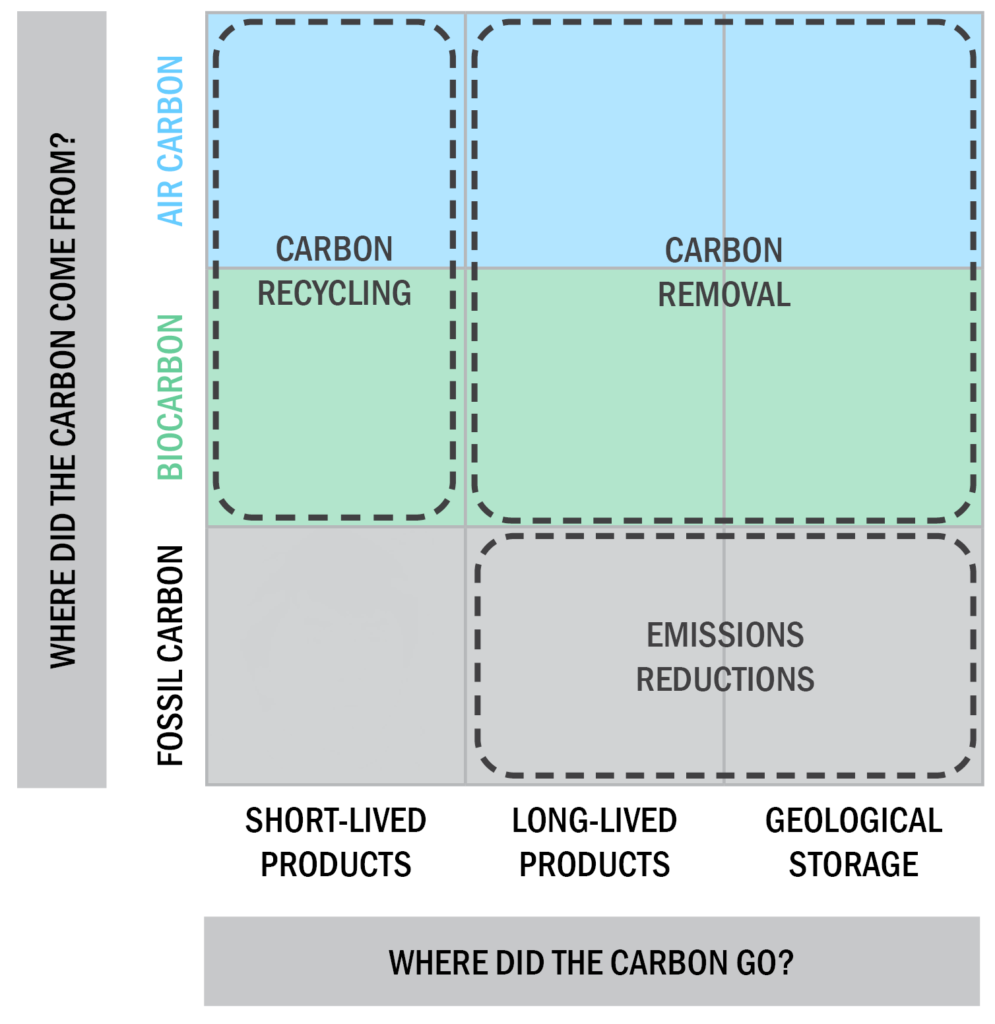Authored by David Morrow, Director of Research, Institute for Carbon Removal Law and Policy
Prepared for the Institute for Carbon Removal Law and Policy
Ask ten people what role “carbon capture” should play in addressing climate change, and you will likely get a dozen different answers, in part because the term “carbon capture” gets used in so many ways. It sometimes refers only to technologies that capture carbon dioxide from large point-sources, such as power plants or steel factories; sometimes only to technologies that scrub carbon dioxide from the ambient air; and sometimes to both. This terminological confusion not only makes it harder to understand one another in important climate policy conversations, but it leads people to run together different technologies that could play very different roles in climate policy.
In a new working paper, Michael Thompson (Carnegie Climate Governance Initiative) and I try to cut through one of the thorniest knots in this confusing conversation: what is the relationship between carbon removal and carbon capture with utilization and storage (CCUS)?
The paper encourages people to stop worrying so much about technological categories and focus instead on two simple questions:
(1) Where does the captured carbon come from?
(2) Where does the captured carbon go?
We argue that answering these two questions makes it easy to see which pathways lead to carbon removal, which to carbon recycling, and which to emissions reductions. The final figure in the paper, shown here, summarizes the results of this analysis.

For more details, download the working paper, “Reduce, Remove, Recycle: Clarifying the Overlap between Carbon Removal and CCUS.”
